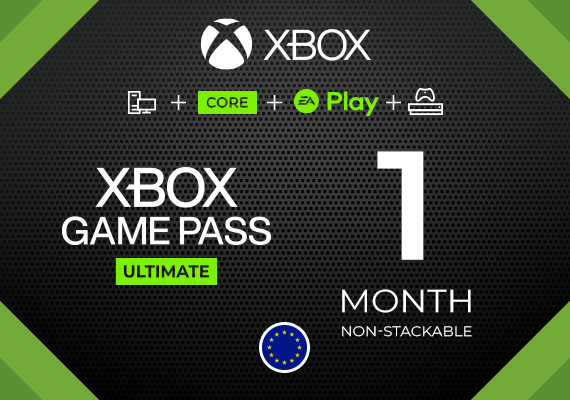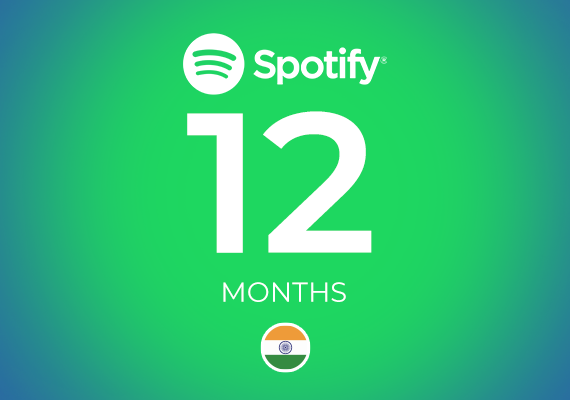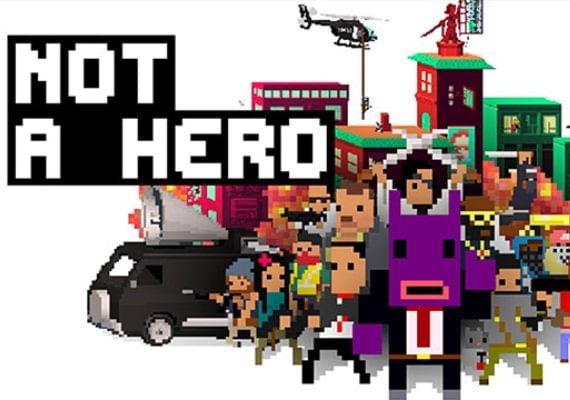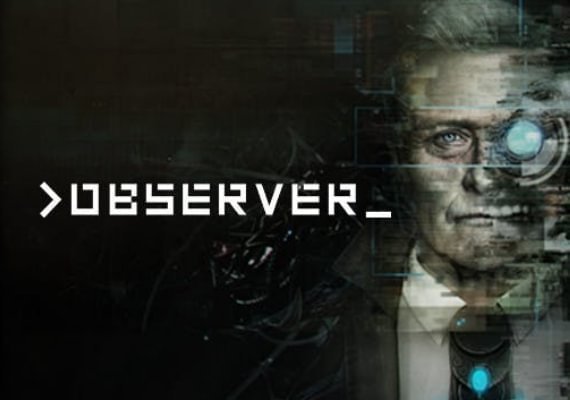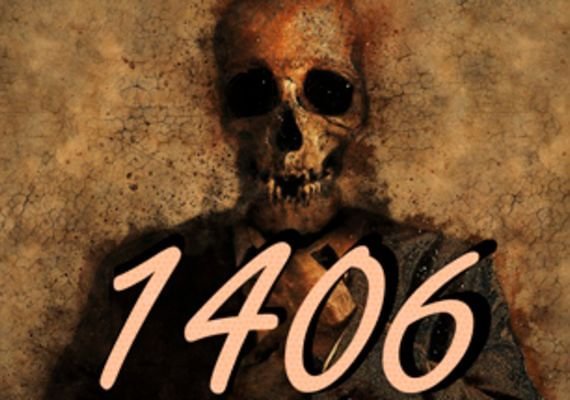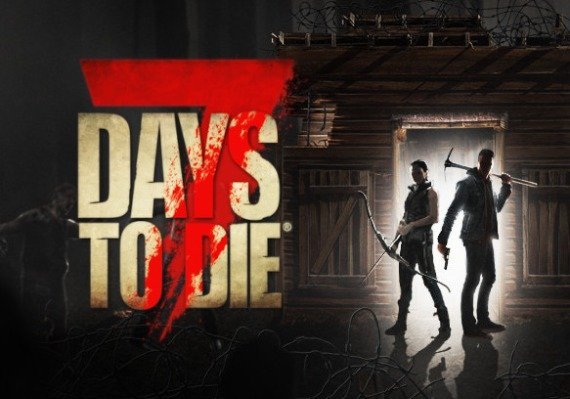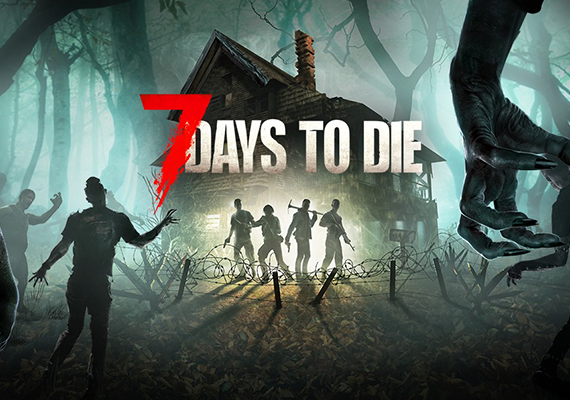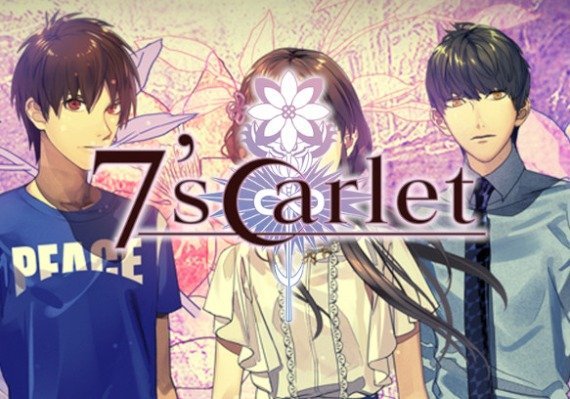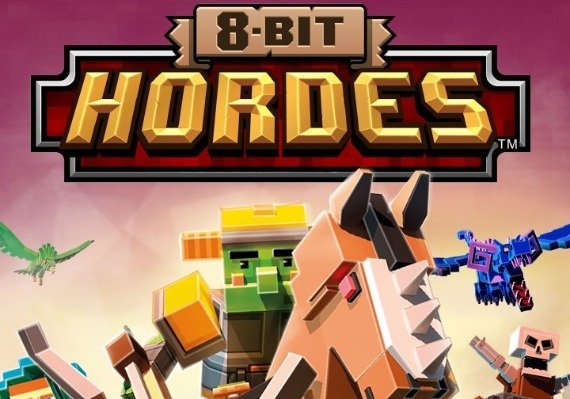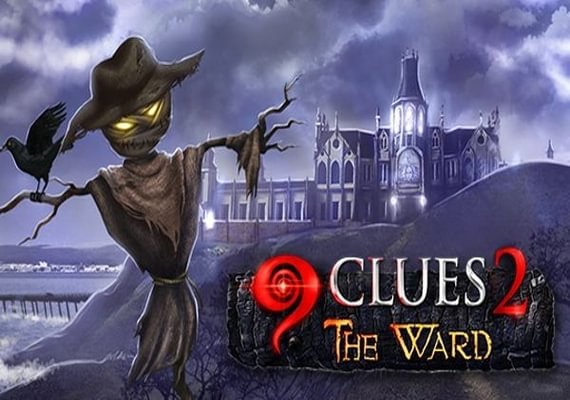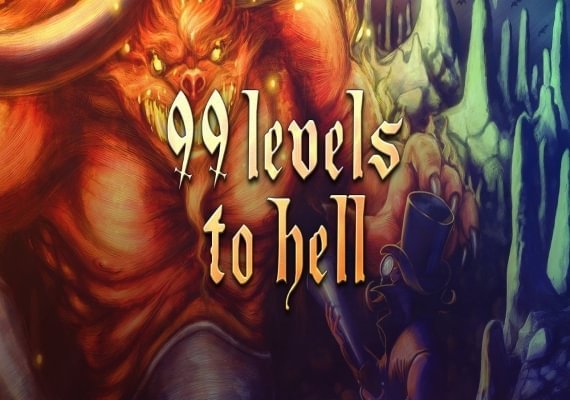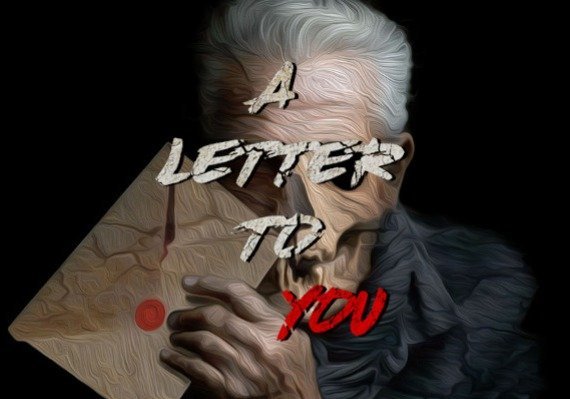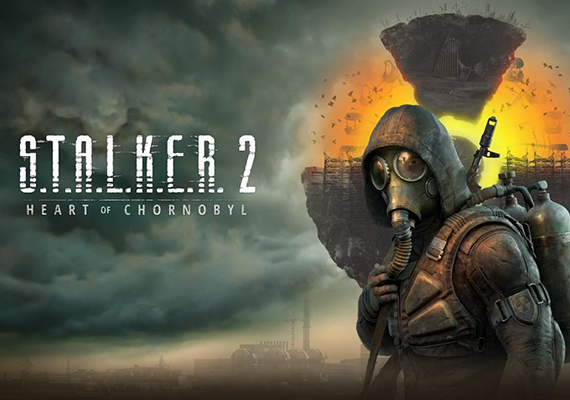Defining Moments in Horror Gaming Lore
.webp)
The Birth of Survival Horror: Resident Evil and Silent Hill
The late 1990s saw the emergence of two franchises that would forever change the landscape of horror gaming: Resident Evil, Silent Hill and Phantasmagoria. These titles introduced players to a new breed of gaming experience, one that prioritized resource management, puzzle-solving, and a constant sense of dread over mindless action.
Resident Evil coined the term "survival horror." It placed players in a mansion infested with zombies and other bio-organic weapons, forcing them to carefully manage limited ammunition and health items. The game's fixed camera angles and tank controls, while clunky by today's standards, added to the tension by limiting the player's view and mobility.
Silent Hill, on the other hand, focused more on psychological horror. It introduced players to a fog-shrouded town where reality itself seemed to shift and warp. With its unsettling atmosphere, cryptic storytelling, and nightmarish creature designs, Silent Hill proved that horror games could be as much about emotional and psychological torment as they were about physical threats.
These games set the template for survival horror, emphasizing exploration, puzzle-solving, and resource management in hostile environments filled with terrifying enemies. Their success spawned numerous sequels and imitators, cementing survival horror as a distinct and popular gaming genre.
.webp)
The Evolution of Horror: Atmospheric Storytelling and Player Choice
As technology advanced, so did the ability of developers to create more immersive and interactive horror experiences. Games began to focus more on atmospheric storytelling and player agency, allowing for deeper, more personalized horror experiences.
Titles like Amnesia: The Dark Descent and Outlast took the survival horror formula in a new direction by removing the player's ability to fight back against threats. Instead, these games focused on stealth and evasion, creating a sense of vulnerability that heightened the horror experience. The use of a first-person perspective and limited resources (such as managing a flashlight's battery in Outlast) added to the immersion and tension.
Meanwhile, games like The Walking Dead introduced a new level of player choice to the horror genre. These narrative-driven games allowed players to make decisions that would affect the story's outcome, creating a more personalized and emotionally engaging experience. The consequences of these choices often led to gut-wrenching moments that stayed with players long after they finished the game.
This era also saw the rise of indie horror games, which often experimented with unique concepts and storytelling methods. Titles like Five Nights at Freddy's proved that simple mechanics, when combined with effective timing and atmosphere, could create intensely scary experiences.
.webp)
A New Era of Interactive Horror
Until Dawn and The Council represent a culmination of many trends in horror gaming. These titles combine the branching narrative and choice-driven gameplay of interactive dramas with the atmospheric tension and jump scares of traditional horror games.
Until Dawn places players in control of eight young adults trapped in a remote mountain lodge, hunted by a mysterious killer. The game's "butterfly effect" system ensures that every decision can have far-reaching consequences, no matter how small. This creates a highly replayable experience, as players can explore different paths and outcomes across multiple playthroughs.
The Council is a narrative adventure game set in 1793. Playing as Louis de Richet, you search for your missing mother on a private island during a gathering of historical figures. As you navigate political intrigue and occult mysteries, you uncover conspiracies that could change history while honing your social and deductive skills.
What sets Until Dawn apart is its seamless blend of various horror subgenres. It starts as a typical teen slasher but evolves to incorporate elements of supernatural horror, psychological thriller, and even creature features. The game pays homage to classic horror tropes while subverting player expectations, keeping them guessing until the very end.
The use of motion capture technology and performances from recognizable actors adds another layer of realism to the experience. This, combined with the game's cinematic presentation and use of quick-time events (QTEs), blurs the line between interactive movies and video games.
The impact of the titles above paved the way for more games focusing on narrative choices and consequences in a horror setting. Titles like Man of Medan and Little Hope, part of Supermassive Games' The Dark Pictures Anthology, have continued to refine this formula, offering shorter, more focused experiences that can be enjoyed alone or as multiplayer party games.
.webp)
The Future of Horror Gaming
From the early days of survival horror to the choice-driven narratives of modern games, the horror genre has continually evolved to find new ways to terrify and engage players. Each era has brought innovations that have become staples of the genre: the resource management of Resident Evil, the psychological horror of Silent Hill, the vulnerability of Amnesia, and the branching narratives of Until Dawn.
As technology continues to advance, we can expect horror games to become even more immersive and interactive. Virtual reality opens up new possibilities for creating truly terrifying experiences, while advancements in AI could lead to more dynamic and unpredictable horror scenarios.
Whatever the future holds, one thing is certain: horror gaming will continue to push boundaries, challenge players, and explore the depths of human fear. As long as players are willing to face their fears, developers will find new and innovative ways to scare them. The evolution of horror gaming is far from over, and the next defining moment in horror gaming lore could be just around the corner, waiting to leap out at unsuspecting players.

